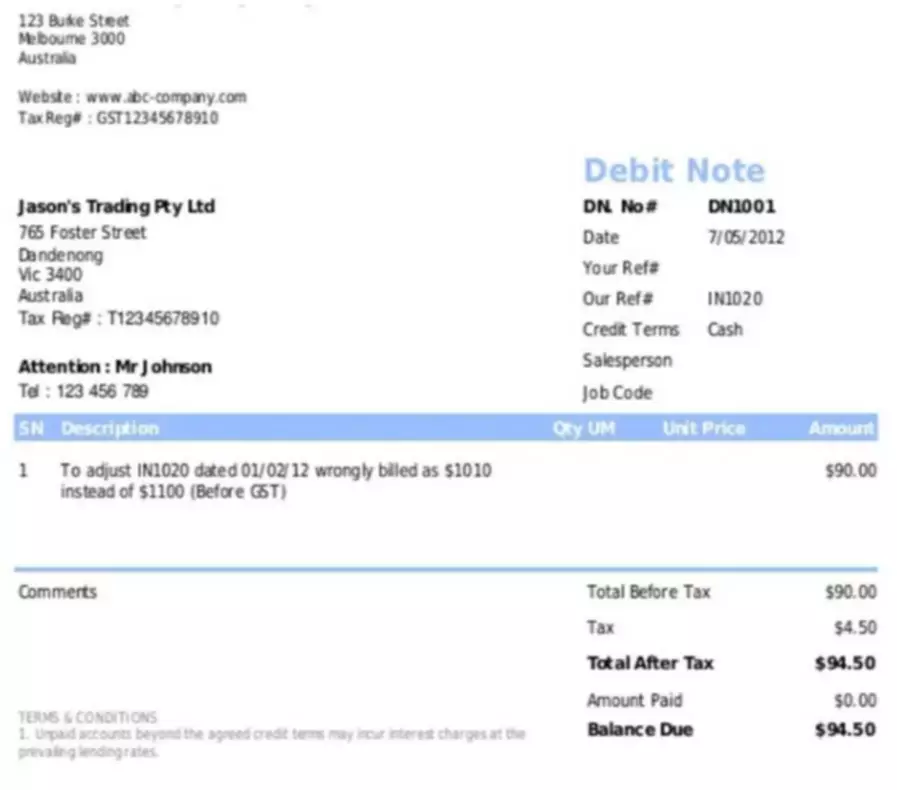What is a Contra Account?
Content


A contra liability account is a liability account that is debited in order to offset a credit to another liability account. For example, if a piece of heavy machinery is purchased for $10,000, that $10,000 figure is maintained on the general ledger even as the asset’s depreciation is recorded separately. The amount is reported on the balance sheet in the asset section immediately below accounts receivable. Contra assets allow for more granular visibility on the balance sheet by maintaining historical costs and independent values rather than reducing the original account directly. Learn why contra accounts, when utilized correctly along with a paired account, are a crucial component of accurate accounting and financial review.
- Conta revenue account examples include sales returns, sales allowance, and discounts.
- Contra asset accounts provide business owners with the true value of certain asset accounts.
- The use of contra accounts ensures the accuracy of financial accounting records, as the value of the original accounts is not directly reduced.
- Sales discounts – Normal discounts given to the customers are recorded separately because of special circumstances.
- A liability recorded as a debit balance is used to decrease the balance of a liability.
- Accounts receivable is rarely reported on the balance sheet at its net amount.
Under today’s tax laws of the United States, expense accounts are treated as either «accountable» or «unaccountable». Accountable expense accounts are subject to a variety of Internal Revenue Service regulations. Spending from the account must be documentable, typically by means of receipts.
Recording Contra Accounts
The key example of a contra equity account is Treasury stock, which represents the amount paid to buyback stock. The benefit of using the contra expense account is that the company’s managers can see in account 4210 the total amount that the company paid to the health insurance company. Then in account 4211 they can see the portion of the cost that was paid by the employees. contra expense account The company’s income statement will report the combination of the amounts in accounts 4210 and 4211 in order to show the company’s actual expense of $8,000 ($10,000 minus $2,000). The book value of an asset is the value of the asset recorded in the company’s balance sheet. Contra accounts are needed for determining the book value of assets held by a company.
Examples of contra accounts include allowance for doubtful accounts, reserve for obsolete inventory, and accrued liabilities. Each of these accounts helps to offset another account on the balance sheet. Including contra accounts on a balance sheet is important as it allows for a more transparent view of a company’s financial position. This is especially true in cases where the contra account has a debit balance, as this will reduce the total amount of the corresponding account. Contra liability accounts such as discount on bonds payable and discount on notes payable usually carry debit balances.
Understanding Contra Accounts
For example, when the credit amount in allowance for doubtful accounts increases, it is also recorded in the bad debt expense as a debit increase. Contra liability, equity, and revenue accounts have natural debit balances. These three types of contra accounts are used to reduce liabilities, equity, and revenue which all have natural credit balances. Therefore, for these three, the debit balance actually represents a negative amount.
- Another example of a contra asset account is the accumulated depreciation account which reduces the reporting value of capital assets.
- Contra accounts are usually linked to specific accounts on thebalance sheetand are reported as subtractions from these accounts.
- Notes PayableNotes Payable is a promissory note that records the borrower’s written promise to the lender for paying up a certain amount, with interest, by a specified date.
- When recording assets, the difference between the asset’s account balance and the contra account balance is the book value of the asset.
- In other words, contra revenue is a deduction from gross revenue, which results in net revenue.
- A company might decide to purchase its stock when the board of directors feel the stock is undervalued or when it wishes to pay its shareholders dividends.
Contra expense accounts are rarely used, because organizations find it to be easier to record third-party payments directly against an expense account. However, these accounts are still useful when dealing with large quantities of reimbursements, where it is cleaner and less confusing to store the information in a separate account. Thus, the use of a separate contra expense account makes it easier to monitor the flow of expenses and reimbursements. This type of reporting allows anyone analyzing the balance sheet to understand much more about the company and its assets than if they were to simply look at the net value of the depreciated asset. By reflecting both accounts on the balance sheet, analysts can understand both the original price and the total decrease in value of a certain asset over time. In either case, using these accounts can help you better manage depreciation expense, keep your accounts receivable balance accurate, and properly dispose of and account for obsolete inventory.
How Are Contra Accounts Reported in Financial Statements?
A company creates allowances for doubtful accounts to record the portion of accounts receivable which it believes it will no longer be able to collect. The amount in allowance for doubtful accounts is deducted from the accounts receivable account of a company. Credit BalanceCredit Balance is the capital amount that a company owes to its customers & it is reflected on the right side of the General Ledger Account. Usually, Liability accounts, Revenue accounts, Equity Accounts, Contra-Expense & Contra-Asset accounts tend to have the credit balance. Outstanding SharesOutstanding shares are the stocks available with the company’s shareholders at a given point of time after excluding the shares that the entity had repurchased. It is shown as a part of the owner’s equity in the liability side of the company’s balance sheet.


This frequently happens to manufacturing companies that sell products with an expiration date since any inventory remaining in stock past the expiration date quickly becomes obsolete. Cam Merritt is a writer and editor specializing in business, personal finance and home design. He has contributed to USA Today, The Des Moines Register and Better Homes and Gardens»publications. Merritt has a journalism degree from Drake University and is pursuing an MBA from the University of Iowa. A company receives rebates for advertising it does on behalf of brands it carries in its stores. For example, a grocery store displays advertisements for a national brand in its weekly flyer.
How Would FIFO and LIFO Affect the Income Taxes Paid?
Sales allowance reduces the selling price when a customer agrees to accept a defective unit instead of returning it to the seller. The Johnson family is expecting visitors for the holidays and will need to furnish the spare bedroom. They find a nice set at Homes Inc. that includes a queen size bed, dresser, nightstand, and luggage rack. They want to take advantage of the interest free year of credit, so on December 5th they open a store account for the entire balance of $7,500 and make arrangements for delivery of the queen size bedroom set. Examples of deferred unearned revenue include prepaid subscriptions, rent, insurance or professional service fees. Emilie is a Certified Accountant and Banker with Master’s in Business and 15 years of experience in finance and accounting from corporates, financial services firms – and fast growing start-ups.
